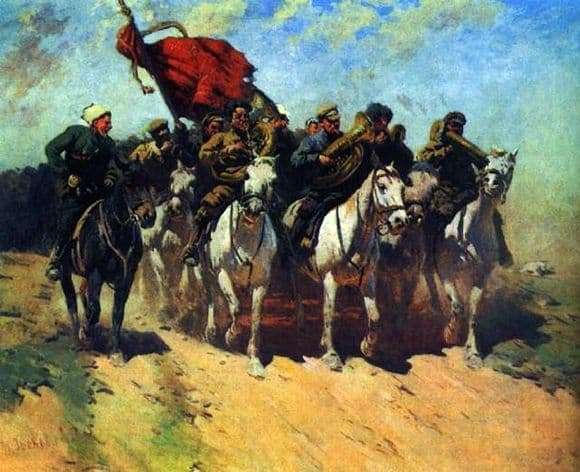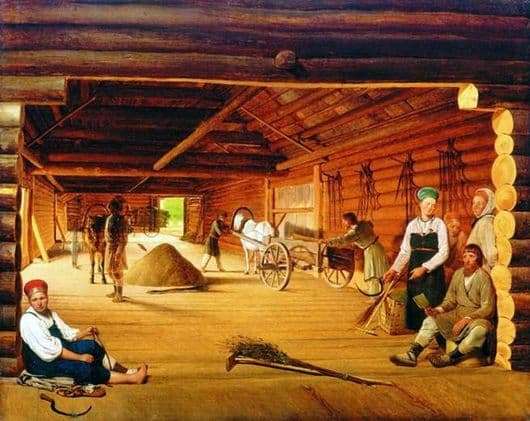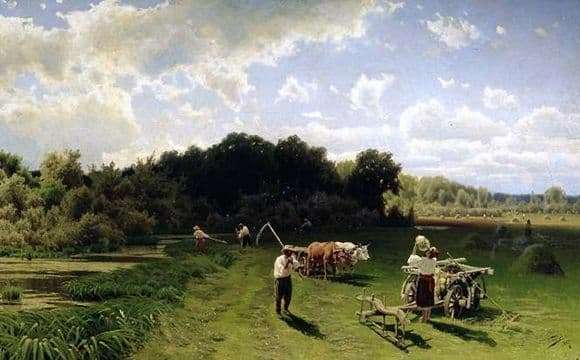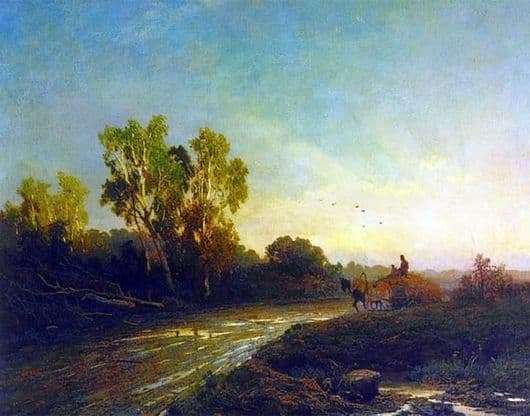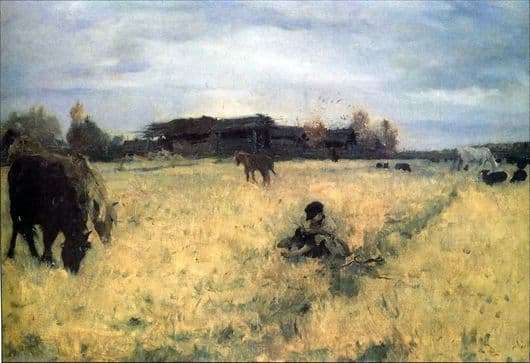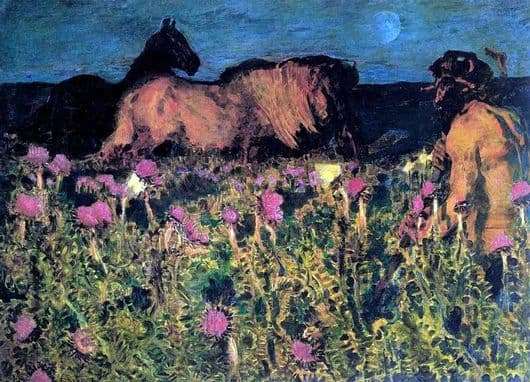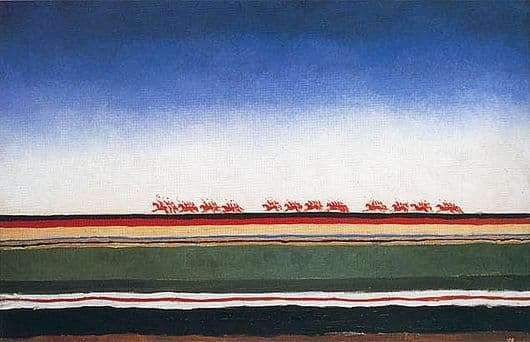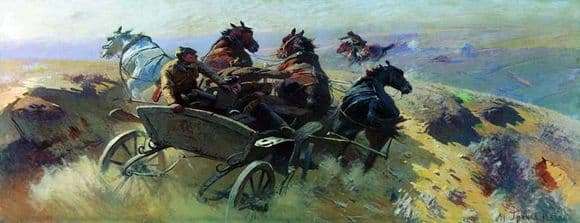
Mitrofan Grekov known for his work “Tachanka” was a volunteer of the Red Army in the ranks of the cavalry corps Budenny. The genre of his paintings is characteristic of wartime. Many of his works have become the image on the stamps of Soviet times. However, despite the devotion to the revolution and the chanting of the power of the Bolsheviks in his paintings, Grekov was repeatedly criticized.
Tachanka – a mobile complex, considered the best in the days of the Civil War, inspired fear in their enemies. Its structure is simple – four or three horses harnessed to a conventional peasant car. A machine gun was fastened on board, and the crew numbered from two to three people.
Grekov’s “Tachanka” is in the middle of a field dotted with corpses. Here and there shrapnel breaks. In the background you can see the retreating rider. The very same cart is in a deplorable state. Her horses scatter in different directions, and the man looks frightened in the other direction. On this basis, it can be understood that the detachment is retreating. Or moreover – it is saved by running.
It seems that one wheel of the cart is broken, and now it is about to collapse on the ground. The second crew member fell on board, and kept his hand in the chest. Hence, by itself, he finds the thought that he is wounded. In other words, the fact that most recently struck terror in the foot soldiers and cavalry is now in a deplorable state.
It is impossible not to notice that the horses harnessed to the cart have a different color. Two red, black and white horses seem to symbolize something. Only what is known to one author.
The atmosphere, and so seemingly tense, takes on quite a serious look when you notice that the horses are going to literally break the bridle. The only deadpan element is the field. Serene and immobile.
Description of the painting by Mitrofan Grekov “Tachanka”
